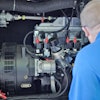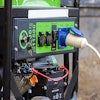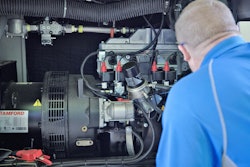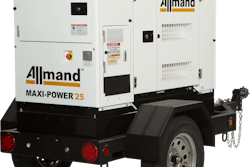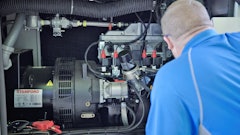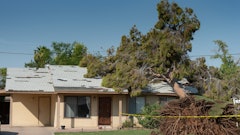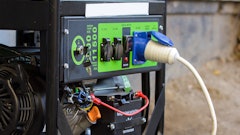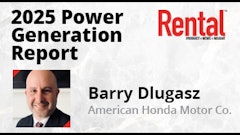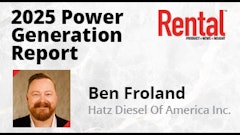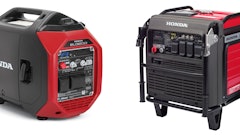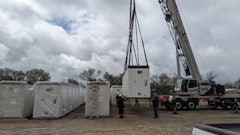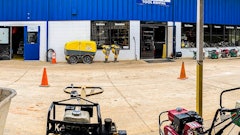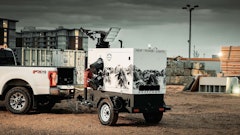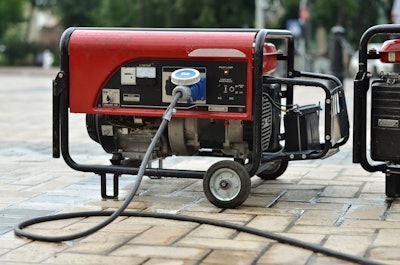
How often are your portable generators rented? Either your customer has a remote jobsite to work at or is handling an emergency from severe weather. No matter how, rentals should ensure to keep assets ready to go and run through all necessary safety requirements. The tips apply to both the equipment rental business and the customer.
The Outdoor Power Equipment Institute (OPEI) published 10 safety reminders to keep safety in mind when using generators. The OPEI is an international trade association representing power equipment, small engine, utility vehicle, golf car, and personal transport vehicle manufacturers and suppliers.
The reminders start with the big two: follow the instructions and ensure proper ventilation. “Not having power when you need it is frustrating, so a generator can provide emergency backup power at a reasonable cost,” says Kris Kiser, President and CEO of OPEI. “It’s important to follow all manufacturer’s instructions, and never place a generator in your garage or inside your home or building. It should be a safe distance from the structure and not near an air intake.”
 Outdoor Power Equipment Institute
Outdoor Power Equipment Institute
Additional tips:
- Take stock of your generator. Make sure equipment is in good working order before starting and using it. Do this before a storm hits.
- Review the directions. Follow all manufacturer’s instructions. Review the owner’s manuals (look manuals up online if you cannot find them) so equipment is operated safely.
- Install a battery-operated carbon monoxide detector in your home. This alarm will sound if dangerous levels of carbon monoxide enter the building. Editor's Note: if not already, consider having one installed in your business. Should they be using it anywhere near the house, remind homeowners that they should have a detector as wind can blow the gas inside. (See #5 below.)
- Have the right fuel on hand. Use the type of fuel recommended by the generator manufacturer to protect this important investment. It is illegal to use any fuel with more than 10 percent ethanol in outdoor power equipment.
(For more information on proper fueling for outdoor power equipment visit https://www.opei.org/programs/ethanolwarning/.) It’s best to use fresh fuel, but if you are using fuel that has been sitting in a gas can for more than 30 days, add fuel stabilizer to it. Store gas only in an approved container and away from heat sources. - Ensure portable generators have plenty of ventilation. Generators should NEVER be used in an enclosed area or placed inside a home, a building, or a garage, even if the windows or doors are open. Place the generator outside and away from windows, doors, and vents that could allow carbon monoxide to drift indoors.
- Keep the generator dry. Do not use a generator in wet conditions. Cover and vent a generator. Model-specific tents or generator covers can be found online for purchase and at home centers and hardware stores.
- Only add fuel to a cool generator. Before refueling, turn the generator off and let it cool down.
- Plug in safely. If you don’t yet have a transfer switch, you can use the outlets on the generator. It’s best to plug in appliances directly to the generator. If you must use an extension cord, it should be heavy-duty and designed for outdoor use. It should be rated (in watts or amps) at least equal to the sum of the connected appliance loads. Make sure the cord is free of cuts, and the plug has all three prongs.
- Install a transfer switch. A transfer switch connects the generator to the circuit panel and lets you power hardwired appliances. Most transfer switches also help avoid overload by displaying wattage usage levels.
- Do not use the generator to “backfeed” power into your home electrical system. Trying to power your home’s electrical wiring by “backfeeding” – where you plug the generator into a wall outlet – is dangerous. You could hurt utility workers and neighbors served by the same transformer. Backfeeding bypasses built-in circuit protection devices, so you could damage your electronics or start an electrical fire.


